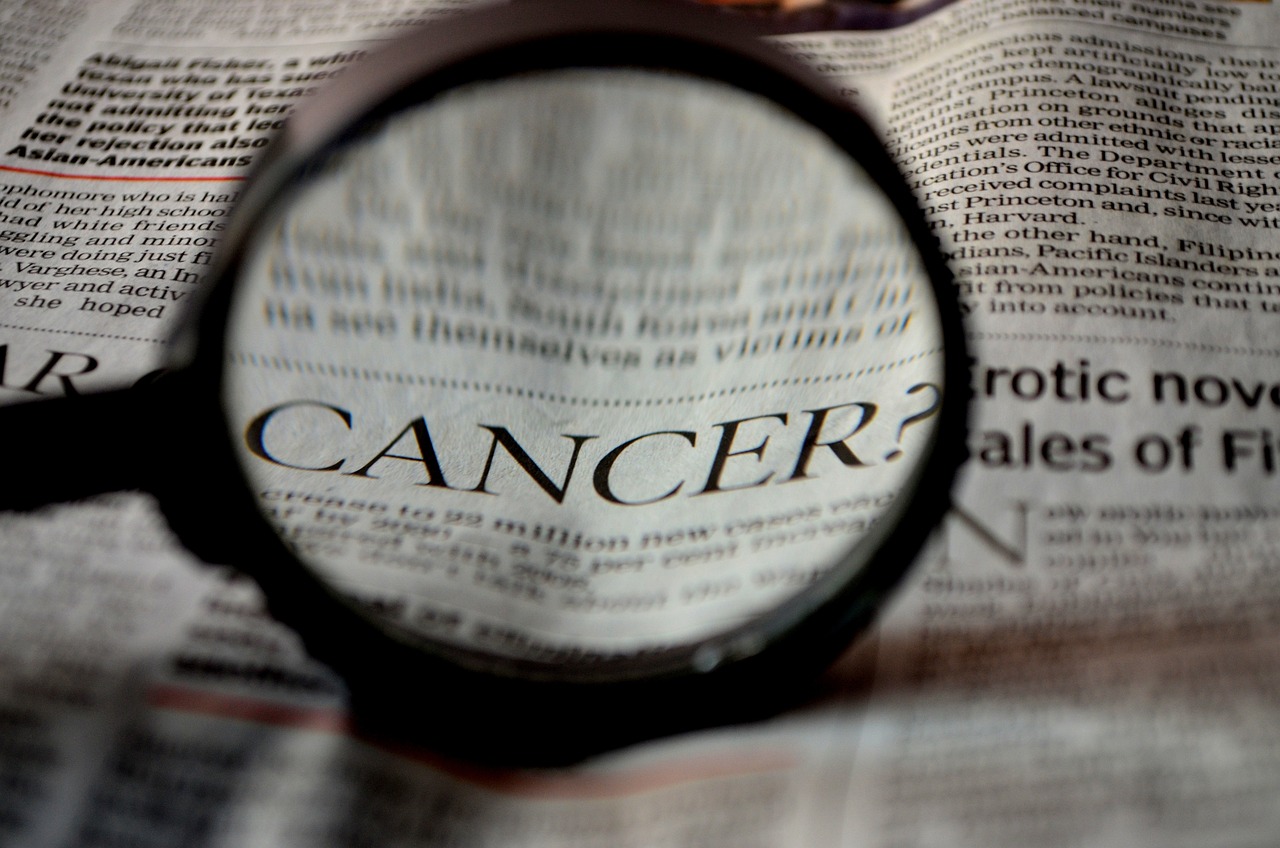Physical Side Effects
The journey through cancer treatment is often accompanied by a range of physical side effects that can significantly impact a patient’s quality of life. These side effects can be attributed to the disease itself, as well as the various therapies employed to combat it, including chemotherapy, radiation, and surgery. Understanding these physical repercussions is crucial for both patients and caregivers, as it enables them to anticipate challenges and seek appropriate support and interventions. This section aims to provide a comprehensive overview of common physical side effects associated with cancer treatment, their management, and the importance of communication with healthcare providers.
One of the most prevalent physical side effects experienced by cancer patients is fatigue. Unlike ordinary tiredness, cancer-related fatigue is often profound and persistent, impacting daily activities and overall well-being. It can stem from a variety of factors, including the cancer itself, treatment regimens, and emotional stress. Patients may find that even simple tasks become daunting, leading to frustration and emotional distress. It is essential to recognize that fatigue is a legitimate symptom, and patients should discuss it with their healthcare team to explore potential interventions, such as adjusting treatment plans, incorporating physical activity, or utilizing nutritional support.
Nausea and vomiting are other common side effects that many patients face during their cancer journey, particularly those undergoing chemotherapy. These symptoms can lead to a significant decrease in appetite and nutritional intake, further complicating recovery and overall health. Effective management of nausea and vomiting is vital, as it can help improve a patient’s quality of life. Healthcare providers often prescribe anti-emetic medications and recommend dietary changes to mitigate these symptoms. Furthermore, patients are encouraged to communicate openly with their medical team about the severity and frequency of these episodes to adjust treatment protocols as needed.
Changes in appetite and weight can also occur, significantly affecting a patient’s physical health. Some individuals may experience weight loss due to decreased appetite or difficulty swallowing, while others may gain weight as a result of corticosteroid use or changes in metabolism. Maintaining a balanced diet is critical during cancer treatment, as proper nutrition supports the body’s healing processes and can enhance the effectiveness of therapies. Patients and caregivers should work closely with nutritionists to develop meal plans that cater to the patient’s needs, preferences, and any treatment-related restrictions.
Lastly, cancer treatments can lead to a variety of other physical side effects, such as hair loss, skin changes, and increased susceptibility to infections. Hair loss, often associated with chemotherapy, can have significant emotional implications for patients, affecting their self-image and confidence. Skin changes may include dryness, sensitivity, or rashes, necessitating the use of specific skincare products and routines. Additionally, treatments can weaken the immune system, making patients more vulnerable to infections. It is crucial for patients to engage in preventive measures, such as practicing good hygiene and consulting with their healthcare team regarding vaccinations and infection precautions. By understanding and addressing these physical side effects, patients and caregivers can better navigate the complexities of the cancer journey, fostering resilience and promoting healing.


No responses yet